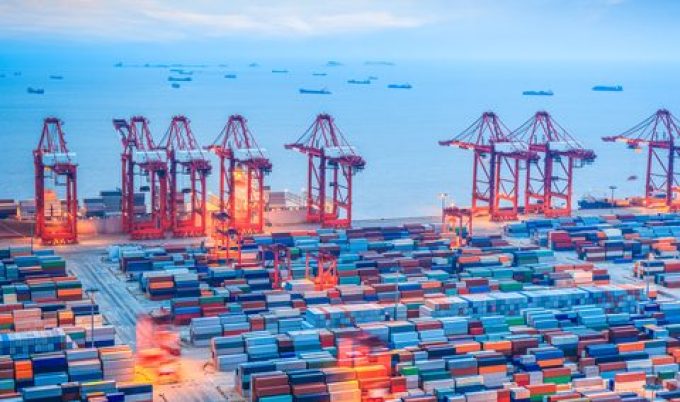Nightmare for Bangladeshi exporters as congestion and tariffs bite
Supply chain disruptions have coalesced into a nightmare for Bangladeshi exporters and importers facing an ...

China’s port congestion is easing as Shanghai’s post-lockdown cargo boom fails to materialise, and the city’s container supply chain recovery seems unaffected by a sudden lurch back to lockdown last weekend.
Crane Worldwide Logistics said Shanghai was operating as usual after yet another round of mass ...


Comment on this article
Hans-Henrik Nielsen
June 17, 2022 at 3:10 pmInteresting… we see a totally different picture. Vessels overbooked with 50 %, and rates going up with usd 3-400/teu each week. However, the ports are build for this kind of volume, so no big deal really. So no delays does not mean small volumes…
I’ll admit we don’t trade on transpacific, so perhaps nothing but a simple divergence due to trade lanes.
Agree on much reduced time from arrival @ roads to being alongside.
James Grayland
June 22, 2022 at 5:22 amIndeed, landside in Shanghai seems to be functioning well, but availability has been mixed on different routes. Rates are remaining strong with rumours that there will be increases from July onward.
Schedules are still very inconsistent, lots of delays on incoming vessels and vessels are sometimes waiting a couple of days to berth.
Patrick Tsang
June 19, 2022 at 2:44 pmUseful